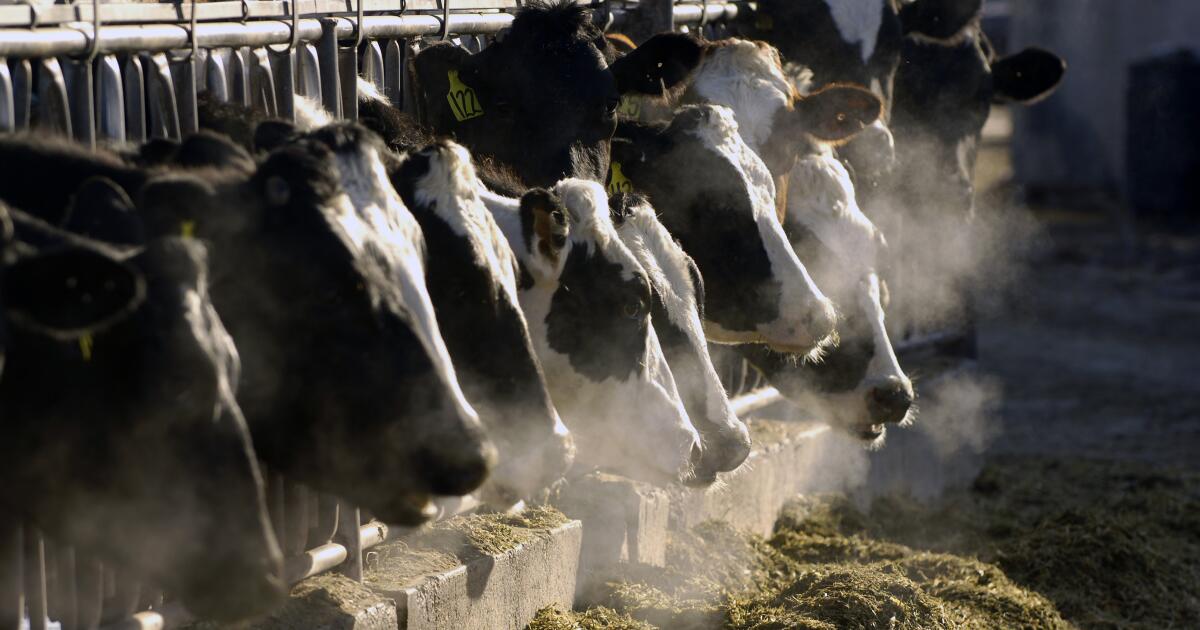Over half of U.S. milk now being tested for H5N1
January 7, 2025 By Larry Lee
...
Dr. Keith Poulsen with the Wisconsin Veterinary Diagnostic Laboratory tells Brownfield progress is being made towards USDA’s goal of testing all raw milk for the virus. “Over 50% of the cows that produce the milk for the United States are part of the surveilance program now. We’re hoping for another large number of states to be announced this Wednesday (1/8/25). The big ones, California, Pennsylvania, New York are part of this program along with many others.
...
January 7, 2025 By Larry Lee
...
Dr. Keith Poulsen with the Wisconsin Veterinary Diagnostic Laboratory tells Brownfield progress is being made towards USDA’s goal of testing all raw milk for the virus. “Over 50% of the cows that produce the milk for the United States are part of the surveilance program now. We’re hoping for another large number of states to be announced this Wednesday (1/8/25). The big ones, California, Pennsylvania, New York are part of this program along with many others.
...


Comment